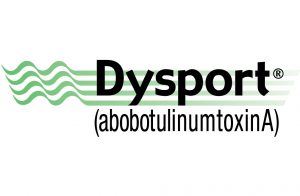Neurotoxins
Our physicians and physician assistants are regional experts in neurotoxin injections.
Even those committed to good skincare practices cannot avoid those wrinkles created by the motion of smiling and frowning. Neurotoxins help those who would like to see an improvement of motion-related wrinkles of the forehead around the eyes, and between the brows. BOTOX®, Dysport and Xeomin are extremely safe, FDA approved prescription medications. Cosmetic toxins work by temporarily relaxing the underlying muscles to prevent frown and forehead lines, crow’s feet, neck and other wrinkles and fine lines that tend to accumulate over time.
What are Neurotoxins?
It is important to understand how the drug works, how effective it is, and any possible side effects you might develop. The providers at Lane Aesthetics are well versed in neurotoxin injections and are ready to help you.
Neurotoxins are muscle-relaxing drugs that are derived from the toxin of the same bacterium that causes food poisoning (Clostridium botulinum).
In small doses, it provides a therapeutic effect. It has been used to successfully treat uncontrolled muscle contractions of the eyelid, cervical, and limb dystonia (a neurological movement disorder), and is also being investigated for myofascial pain.
What sets Lane Dermatology & Dermatologic Surgery apart?
- Board-certified Dermatologists
- Members of the American Academy of Dermatology (AAD)
- Fellowship Trained in Mohs Micrographic Surgery and Reconstructive Surgery (only one in Columbus and region)
- Fellowship in the American College of Mohs Surgery
- Certified by the American Society for Dermatologic Surgery
Botox® temporarily diminishes existing lines and stops new lines from forming. This is done in a way that does not alter your natural expression and features. It takes just a few minutes and can last between 4-6 months.

Dysport® (abobotulinumtoxinA) is a prescription injection for temporary improvement in the look of moderate to severe frown lines between the eyebrows (glabellar lines) in adults less than 65 years of age.



